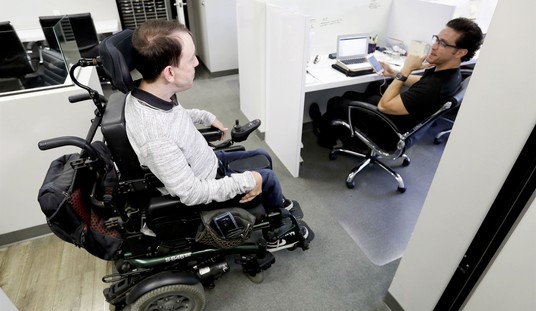You know those odd little charges at the bottom of your utility bill? In California, electricity customers pay average fees of $24 per year, plus $12 per year if they also use natural gas, for the benefit of alternative energy programs. Those charges add up; a billion here, a billion there, and pretty soon you’re talking about some real money. A report in the Sunday Los Angeles Times casts a skeptical eye on the efficacy of the Golden State’s “investment”. According to a legislative analyst’s office report, the state’s green largesse will soon tally some $2.5 billion per year, more than it spends on its expansive University of California system.
California’s alternative-energy program under scrutiny
California is spending nearly $15 million to build 10 hydrogen fueling stations, even though just 227 hydrogen-powered vehicles exist in the state today.
In case you don’t have a calculator handy, that’s $66,000 per vehicle currently on the road, just for 10 fueling stations.For several reasons that we’ll explore in a future post, the hydrogen fleet is not going to grow very fast. And hydrogen cars remain a vanity niche for the wealthy, but their fueling stations are subsidized using funds from a $3 fee on automobile license plates — for all automobiles. Even Democratic politicians are catching on:
“Suddenly, you look up and there are literally hundreds of millions of dollars going into investments that produce marginal benefits,” said state Sen. Rod Wright (D-Inglewood), a member of the Energy, Utilities and Communications Committee.
“You know the tale of Robin Hood? Well, this is robbing the ‘hood,” he said. “You are taking from poor people to give to rich people.” …
And that’s just the hydrogen vehicle subsidy, a mere drop in the bucket compared to the total alternative energy outlay. State agencies have spent nearly $15 billion on various alternative energy programs over the last decade, including a forward-thinking initiative to run milk trucks on cow manure. Now that’s sustainability.
“We’ve got people who figured out they can steal a small amount of money from a large amount of [electricity] meters and spend it on things they find interesting,” said Wright, the state senator. “Where it winds up going is just goofy.” …
A 2011 legislative report described the program as “everybody pays a little, some take a lot.” The report called it a “vendor-driven free-for-all” in which millions were doled out with “no direct relationship to electrical system needs or other general ratepayer or public benefit.”
So if the ratepayer or the average citizen doesn’t benefit, who does? The usual suspects, naturally. One example cited in the article is the Bloom Energy Corp., a startup company whose politically-connected board included former U.S. Secretary of State Colin Powell. Bloom benefited directly from $208 million in grants from the state utilities commission (the program has since been suspended). Bloom’s customers enjoyed lucrative tax credits for purchasing Bloom’s products: hydrogen fuel cells.
Californians already pay the highest rates for electricity among the Lower 48 states. As the nation’s most populous state, those odd little throwaway service fees assessed across a broad base of customers generates $billions in slush for irresponsible and unaccountable politicians and bureaucrats to slather around.
[More on hydrogen-powered cars in a future installment.]












Join the conversation as a VIP Member